Bird Flu Update
Many migrating birds are vulnerable, but what can knee-capped federal agencies do?
(Listen to the radio version here.)
When I was a child attending Catholic school, I learned that March 19 is the Feast Day of St. Joseph. When I became a birder, I learned that it’s also the day that the swallows are believed to return to the Mission at San Juan Capistrano. Old black-and-white photos of the original nests on the Mission depict Cliff Swallows…
… though the San Juan Capistrano website’s graphic artwork depicts what they term “the romantic version, fork tailed, in-flight swallow,” which to any birder is clearly the Barn Swallow.
Once I saw a network news anchor reporting about the swallows returning as the cameras were trained on swifts.
The Mission at San Juan Capistrano has always been closely tied with St. Joseph, and swallows do return to that area of California in March, but for March 19 to always be the date the swallows return, people must avert their eyes for days or even weeks before.
In his book, Capistrano Nights, Father St. John O’Sullivan, the pastor of the mission from 1910-1933, explained that one day he saw a shopkeeper knocking down swallow nests under the eaves of his shop. The priest told the birds that they were welcome to set up housekeeping at the Mission, implying that the birds moved there to live happily ever after, but the ones he talked to almost certainly didn’t understand English or Spanish, and swallows were almost certainly already nesting at the Mission.
This year, 2025, marks the 65th Annual Swallows Day Parade and Mercado Street Fair, which will be held on Saturday. Regardless of minor ornithological technicalities, it’s lovely to have such a famous and long-standing tradition and annual celebration about something so lovely and avian.
Swallows are not typical victims of Avian Flu, but when I was in Cuba last month, I learned that bird flu killed an estimated 1,500 Sandhill Cranes across several counties in Indiana. The Glenn Miller Band may never have played a song about the cranes on the Platte River in Nebraska as they did about the swallows of Capistrano, but the annual migration of Sandhill Cranes in Nebraska is far more massive and spectacular than the handful of swallows arriving at Capistrano—up to a million cranes spend time in that area between late February and early April every year, with tourists crowding into tiny Kearney to enjoy the spectacle.
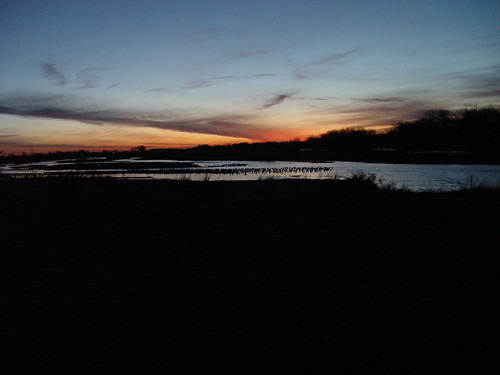
Whenever and wherever birds, or humans, gather in crowds, individuals easily and quickly spread their germs, and the wild birds most vulnerable to avian flu tend to be those that associate with waterfowl, so unlike swallows, cranes are especially vulnerable. Especially after the tragic news from Indiana, people have been scrutinizing the Platte for evidence of dead birds, but as of today, I haven’t heard of any cases in cranes there, though it has appeared in backyard poultry in Kearney County this year.
People are being warned not to retrieve wild bird carcasses because so far, there have been more than 70 cases, and one death, in humans from the virus, with fears that as the virus mutates, humans will become increasingly vulnerable. But leaving the carcasses makes the spread faster and contributes to the deaths of scavengers, eagles, and other birds of prey.
At any point in recent history, this kind of epidemic would have been scary, but it’s scarier than normal this year because the federal agencies that usually take the lead in researching and responding to these interstate crises—agencies whose personnel have the training and special equipment to safely remove and test those carcasses—have been knee-capped by the Elon Musk-Donald Trump administration.
Back when West Nile virus first appeared in wild birds in the 1990s, it was easy to send dead birds to be tested. Now, thanks to the chaotic threats to and firings of federal agents, testing for bird flu has been far more limited. We do know we’re missing cases, especially milder ones that don’t make people seek care. The CDC went to a veterinarian conference and asked healthy dairy veterinarians—that is, vets treating cattle, not poultry—to get their blood tested. Three out of 150 had H5N1 antibodies, showing they’d been infected without knowing it. And again, as viruses mutate, they can become far more dangerous.
Normally, both the Centers for Disease Control and the U.S. Department of Agriculture would be focusing massive resources on the human and farming components of this crisis, and the U.S. Fish and Wildlife Service and U.S. Geological Survey would be focusing massive resources on the wild bird components, but barely two months into the Musk-Trump era, the very existence of these agencies so critical to human health, our food supply, and our wildlife is in jeopardy. Attention must be paid, but with so many other enormous and genuinely existential issues facing us, it’s hard to focus on any one thing right now. How triumphant Vladimir Putin must feel.





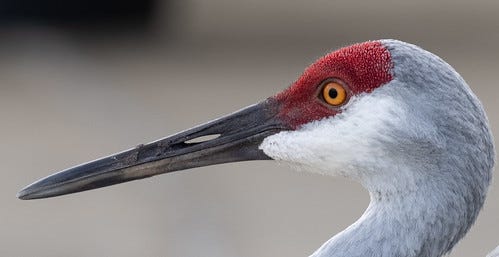
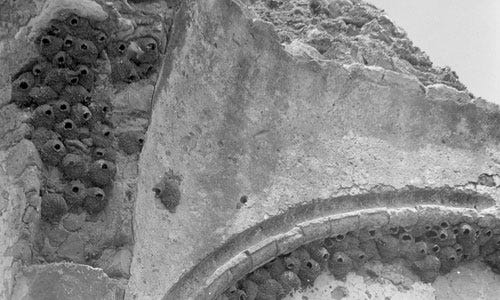
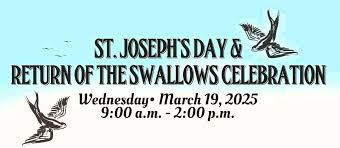
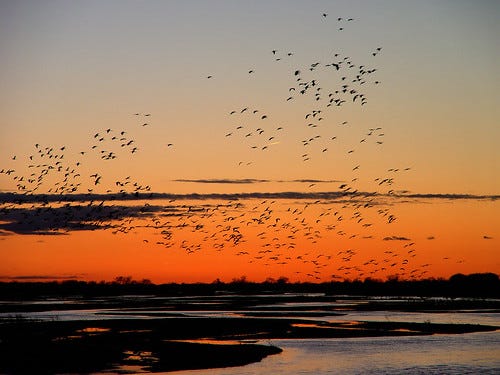
A truly great country can do many things at once. The Musk-Trump version of a great America can't handle the truth of how many skilled government workers it actually takes to make (and keep) a country truly great and strong and safe and prosperous. Of course, they are the only two (or at most, few) they care about.
I have been to Rowe Sanctuary at least 6 times. It's thrilling each time I have gone. There's something about that call that gets to me. Three times, a fellow STL Audubon Board member and I took high school students to see the spectacle. The last time, my husband and I went. It was 2020. The festival was shut down as we were driving home because of covid. Avian influenza will hopefully run its course.